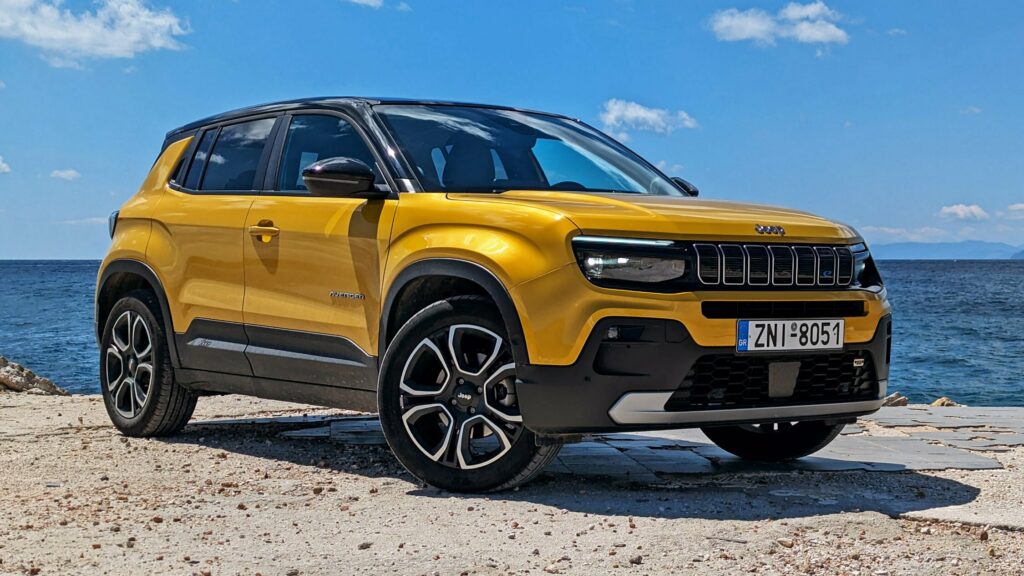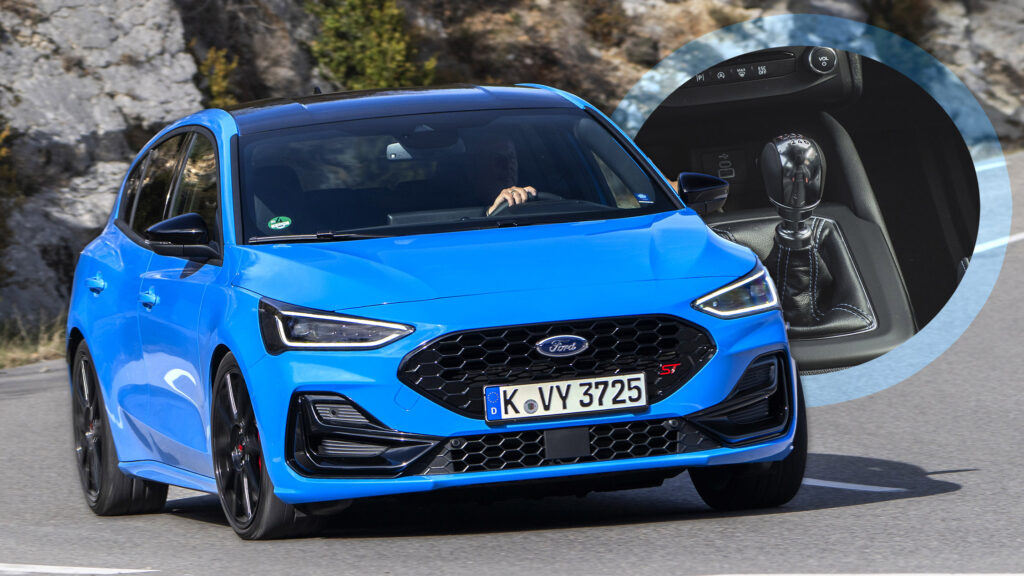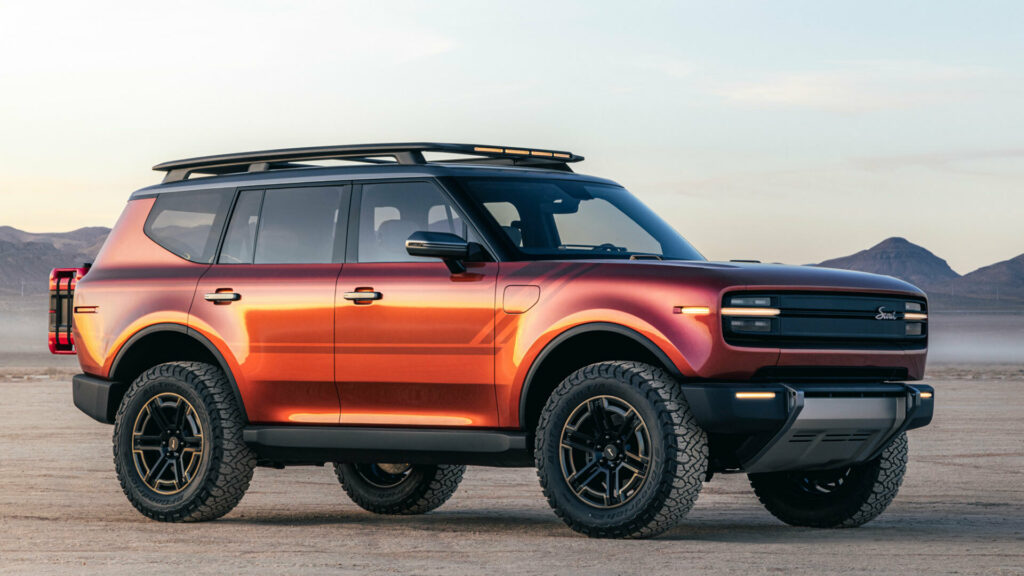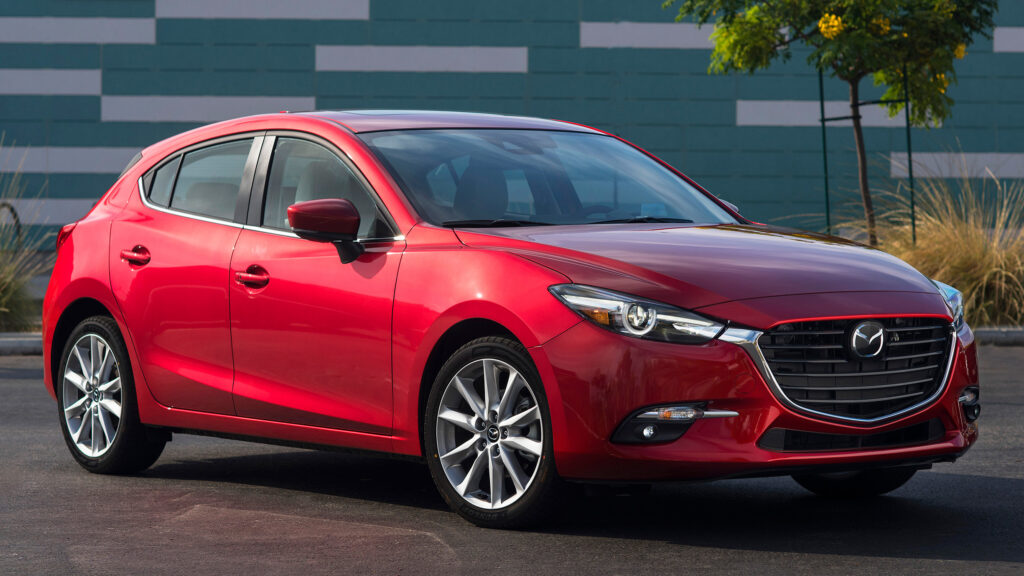Tesla Outsells Mach-E By 46 To 1 In Australia And Ford’s Totally Fine With It
- Ford sold just 380 Mach-Es in 2025, lagging behind its electric rivals.
- Tesla sold 46 times more Model Ys than the Mach-E in Australia this year.
- Company insists it offers Mustang-like excitement, not sales volume.
It’s been six long years since Ford unveiled the Mustang Mach-E, its first mainstream electric SUV and a direct challenger to the Tesla Model Y. The model has become an important part of Ford’s global lineup, even if it hasn’t reached the same sales heights as its Californian rival.
However, in Australia, things are looking particularity bleak for the electric pony car.
Read: Ford’s Electric Pony Car Gets A Classic Gas Mustang Package
Ford started selling the Mustang Mach-E in Australia in 2023 and in that time, has managed to sell just 1,113 units. This year, just 380 of them have been sold.
To put those numbers into perspective, Tesla has sold forty-six times more Model Ys this year than Ford has managed with the Mustang Mach-E. The gap is wide enough to make clear that Ford’s electric SUV won’t be troubling Tesla’s dominance anytime soon.
Everything’s Fine

Despite these meek sales, Ford Australia doesn’t seem too bothered. According to Ford’s local marketing director Ambrose Henderson, the Mach-E is different than its competitors and has been made all the more appealing thanks to recent upgrades.
“The Mach-E is something that is iconic and clearly different from most of the other EVs in the market,” Henderson told Drive.
“The market’s immensely competitive. We think, with the updates that we’ve made in terms of design, technology and the drive feel and dynamics, that it will resonate with customers. We’re really excited about what that will do going forward.”
He added that Ford’s intent was never to produce another anonymous, efficiency-shaped crossover. “There are a lot of aerodynamically designed white boxes on the road that are EVs, right? And that’s not us. That is not what we wanted to deliver. We wanted something that was authentic and really leverages off what is a global icon with Mustang,” he explained.
A Real Mustang Alternative?

According to Henderson, the Mustang Mach-E wasn’t necessarily created to chase huge volumes, but rather engineered as a compelling electric alternative to the V8-powered Mustang. According to him, the Mach-E “delivers the same excitement, the same emotion, same thrill of the drive, and the same sort of design,” as the pony car.
Of course, if you ask any car enthusiast if they’d rather drive a Mustang GT or Mustang Mach-E up a mountain pass, or along a coastal road, we suspect the vast majority would opt for the ICE model. While the Mach-E is good, few would consider it to be the same kind of sports car.
Who Is It For?
Interestingly, Henderson also hesitates to position it as a family vehicle. “The primary audience is couples, just from a demographic and opportunity perspective,” he said, suggesting Ford envisions the Mach-E less as a people mover and more as a lifestyle choice for drivers who still want a bit of Mustang spirit, even without the roar.






































